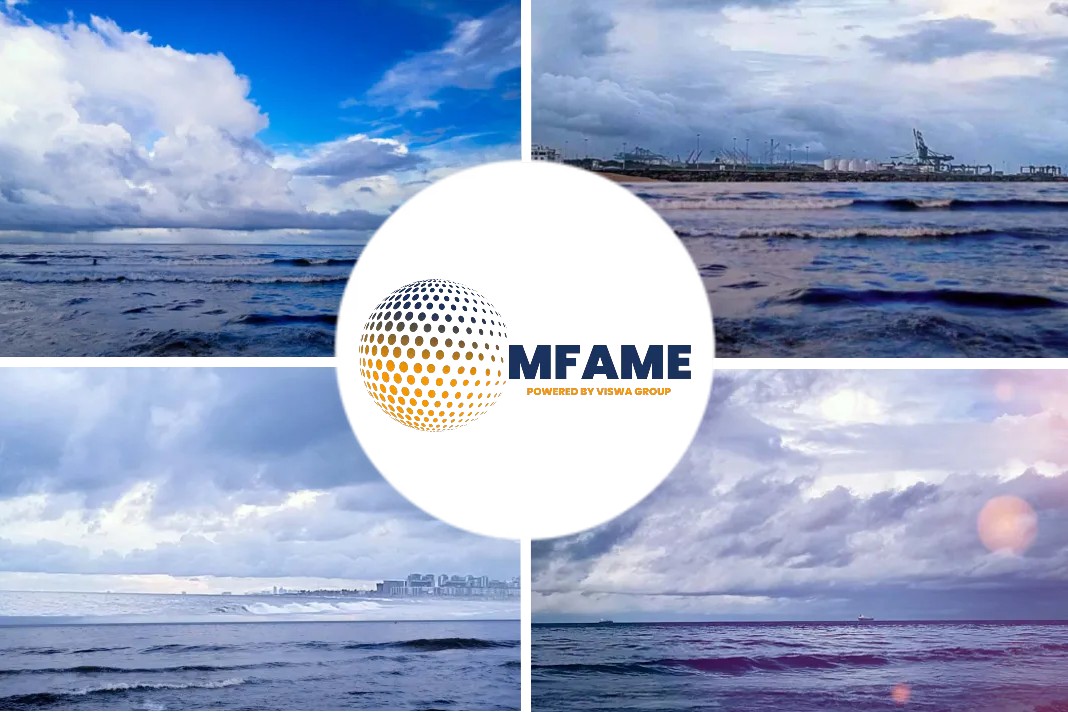
Bunker measuring system mandatory in Antwerp, Zeebrugge and Rotterdam, says a News Room source.
Mandatory to use a bunker measuring system
The port authorities are aware that this measure will have a major impact on the bunker market. Therefore, they choose an ambitious yet realistic deadline. The different companies in the bunker chain will be given sufficient time to adapt to this measure. The requirement will be included in the licence for bunker fuel suppliers. Currently, 40 out of 170 bunker vessels in Rotterdam, Antwerp and Zeebrugge are equipped with a bunker measuring system.
The introduction of a bunker measuring system will greatly improve efficiency. After all, data from transactions can be read digitally and immediately processed in the accounts.
Bunker Quantity
Both the Port of Antwerp-Bruges and the Port of Rotterdam Authority were told from different sides that there would be regular problems regarding the supply of bunker fuels. To investigate the extent and nature of these complaints, the port authorities commissioned independent research and consultancy firm CE Delft to look into the experiences of the parties involved in the bunker market. This study was conducted through interviews and surveys.
The conclusion is twofold: there are similarities between the two ports and there are structural quantity problems in the bunker market. 80-90% of the survey respondents recognise the issues outlined.
65% of stakeholders interviewed and over 90% of survey respondents see the introduction of the mandatory use of an official bunker measuring system on board bunker vessels as a solution to quantity problems. A bunker measuring system measures the amount of fuel delivered in real time rather than calculating it from tank level measurements on board the bunker vessel (the methodology currently used as standard).
The Harbour Master of Rotterdam and the Harbour Master of Antwerp-Bruges are working closely together in the coming period to introduce a uniform requirement for a bunker measuring system. This will be done in consultation with Belgian and Dutch stakeholders.
About Port of Rotterdam Authority
The aim of the Port of Rotterdam Authority is to enhance the Port of Rotterdam’s competitive position as a logistics hub and world-class industrial complex. Not only in size, but also in quality. The Port Authority is willing and able to make an impact and therefore focuses on accelerating the sustainability of the port, and it is a partner in the digitalisation of the port and logistics supply chains. The Port Authority’s core tasks are the sustainable development, management and operation of the port, maintenance of the smooth and safe handling of shipping, and supporting the future resilience of the port of Rotterdam.
Facts and figures about the Port of Rotterdam Authority and the port of Rotterdam: Port of Rotterdam Authority: approximately 1,270 employees, revenue approximately €770 million. www.portofrotterdam.com Port area: 12,500 hectares (land & water, including approximately 6,000 hectares of industrial sites). The port area is more than 40 kilometres long. Freight transhipment: approximately 470 million tonnes per year. Shipping: approximately 30,000 sea-going vessels and approximately 100,000 inland vessels per year. Employment: (Rijnmond and Maasmond Areas, direct and indirect) 565,000 jobs in the Netherlands. Added value: €63 billion, 8.2% of Dutch GDP.
Did you subscribe to our daily Newsletter?
It’s Free! Click here to Subscribe
Source: News Room

























